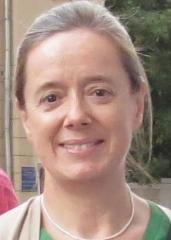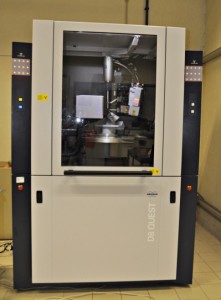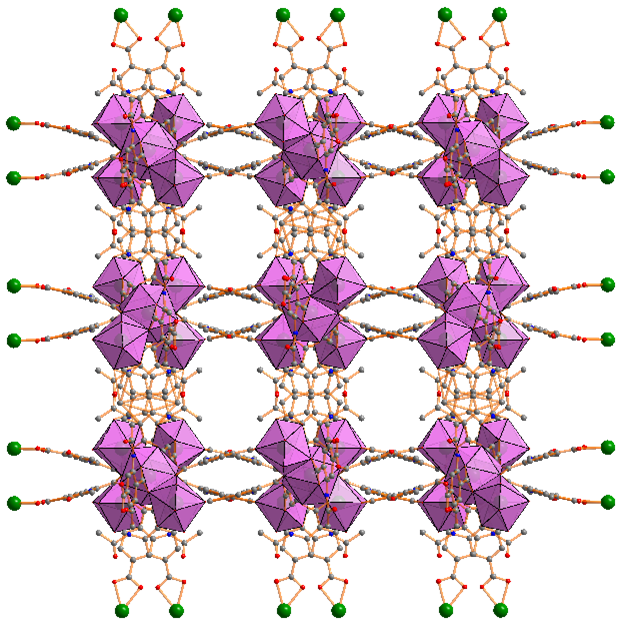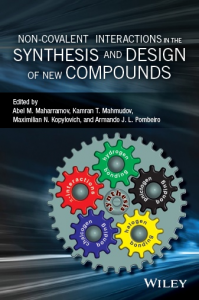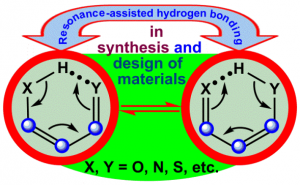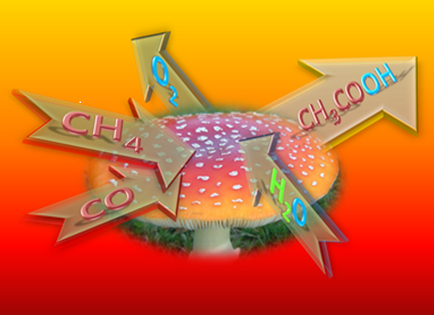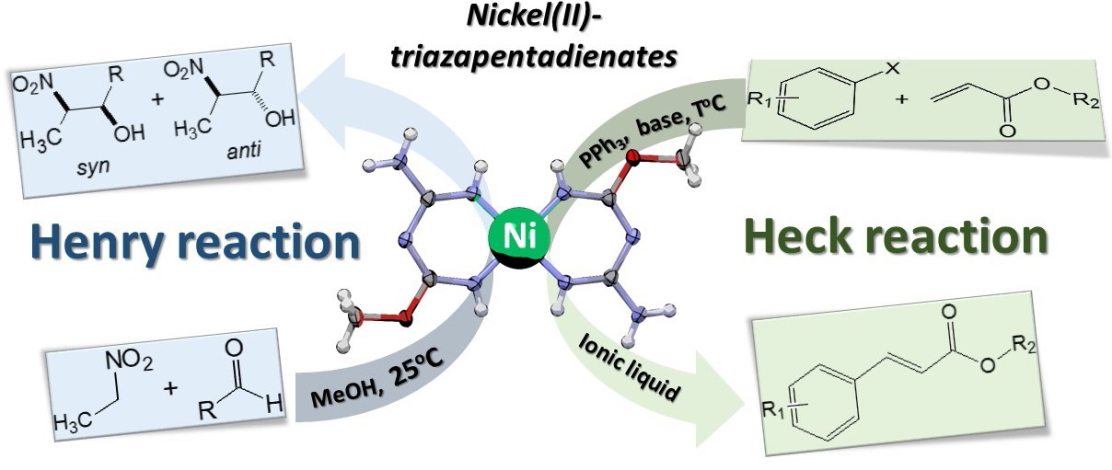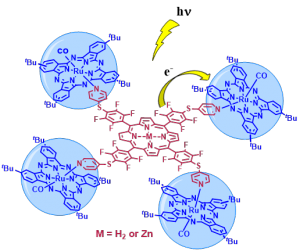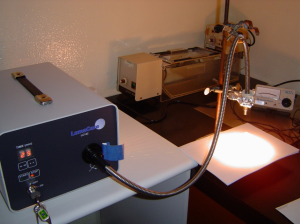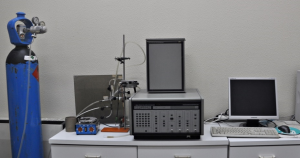
Coordination Chemistry and Catalysis (CCC)
Coordinator: A.J.L. Pombeiro Co-Coordinator: M. Fátima C. Guedes da Silva
João Tomé - Luisa Martins - Elisabete Alegria – Maxim Kuznetsov – Max Kopylovich
Kamran Mahmudov – Dmitro Nesterov – Oksana Nesterova – Manas Sutradhar – Anup Paul
Ana Ribeiro - Anirban Karmakar – Yauhen Karabach – Susanta Hazra – Ana Phillips
Luis Frija - Tannistha Barman – Telma Silva – Sónia Carabineiro – Alexandra Fernandes
RESEARCH
This Group is mainly directed towards synthesis and sustainable catalysis under mild conditions, in interdisciplinary fields of Coordination-, Inorganic-, Bioinorganic-, Organometallic-, Organic-, Photo- and Electro-Chemistry, namely by activation of a variety of small molecules with biological, environmental or industrial significance (e.g. alkanes, alcohols, ketones and azoderivatives, nitriles, isonitriles, CO, CO2, organohalides, olefins). Projects with an oriented or applied interest (although always based on a solid fundamental/basic knowledge), namely searching for sustainable alternatives for (industrial) catalytic processes towards added value compounds, new types of molecular activation (e.g. by coordination, by non-covalent interaction, by e-transfer or by light), new metal complexes and materials with catalytic, biological or medicinal applications with significance in fine chemistry, deserve particular attention.
The Group has a strong international and multicultural character, has been actively involved in young researchers advanced training, international collaborations, organization of international conferences and interaction with the FCT PhD Program CATSUS (Catalysis and Sustainability). It is publishing ca. 60 papers per year in ISI journals.
The research is oriented to the design/synthesis of compounds (e.g. of coordination-type) with required properties (e.g. hydrosoluble, magnetic, luminescent, photochemical, biological or catalytic) and applications towards the search for structure-properties-reactivity relationships, namely along the following main lines:
A – Syntheses of Coordination Compounds, High-nuclear and Supramolecular Metal Structures and Their Ligands
Design and synthesis of new complexes (namely bioinspired ones) with a diversity of metals and ligands, e.g. hydrosoluble ones, towards particular types of catalytic or biological activities or materials applications.
(Direct) self-assembly of homo- and heterometallic assemblies, namely secondary building units (SBUs), coordination polymers (CPs), metal-organic frameworks (MOFs), metal nanoparticles and other nanomaterials. Study of their structural, thermal, photoluminescent, photochemical, photophysical, magnetic and host-guest properties.
B – Syntheses Assisted by Non-covalent and Cooperative Interactions
Use of hydrogen bonds (eg, resonance assisted, RAHB) and other non-covalent interactions, associated to metal centres, to drive the synthesis of (difficult-to-assess) organic compounds (eg, N-heterocycles, azoderivatives, triazapentadienes) and their complexes. Search for application as catalyst precursors (metal complexes) and molecular switches (arylhydrazones of methylene active compounds and their complexes).
C – Catalysis and Sustainability
- Catalytic Alkane Functionalization under Mild Conditions
Alkanes constitute a potential main C feedstock, but are inert and mainly used as fuels. Their application as starting materials for syntheses of added value functionalized organic compounds is a challenge to modern Chemistry. Strategies (including bioinspired ones) for developing one-step processes, much simpler, less energy demanding and more environmentally acceptable than the current multi-stage and high energy industrial ones are pursued.
- Catalytic Alcohols, Ketones and Water Oxidations under Mild Conditions
Use metal catalysts for selective aerobic or peroxidative oxidation of alcohols and Baeyer-Villiger oxidation of ketones, and for metal-mediated water oxidation.of new
- Catalytic C-C Couplings and other Catalytic Reactions
Use of new metal catalysts for Suzuki-Miyaura, Heck, Sonogashira, nitroaldol (Henry), Knoevenagel reactions, etc. Also for hydrosilation, transesterification, haloperoxidation, etc., apart from CO2 utilization (e.g. conversion to cyclic carbonates).
- Catalysis under Heterogeneous and Unconventional Conditions
Heterogenization of selected homogeneous catalysts (see above) or support of metal nanoparticles (e.g. magnetic) on various C materials or zeolites, and application in the above reactions.
Development of non-transition metal catalytic systems, dynamic, metal-free and/or solvent-free systems, microwave assisted systems and catalysis in supercritical fluid or in ionic liquids.
Use of water in catalysis, as a solvent, catalyst and reagent, instead of traditional organic species.
D – Metal-mediated Synthesis
Use of metal centres as promoters of organic synthesis, including N-heterocycles, acyclic and N-heterocyclic carbenes, azoderivatives of beta-diketones, triazapentadienes, and their complexes.
E – Biological and Analytical Studies
Assessment of anti-tumor and anti-microbial activities of metal complexes, and of their ability to act as selective fluorescent chemosensors, e.g. for metal ions.
F- Photochemical Studies: Photoactive Molecules and Materials
Design/synthesis of porphyrins and phthalocyanines based materials for light-based technologies (electronics, sensing, catalysis, environment, medicine), including photochemical, photophysical and photobiological studies in: (i) Photomedicine, as singlet oxygen generators, in cancer photodynamic therapy (PDT) and in (multi)resistant pathogenic microorganisms photodynamic inactivation (PDI); (ii) Supramolecular Chemistry, in construction of multifunctional hybrid (nano)materials in coordination polymers and silica nanoformulations; (iii) Photoinduced energy- and electron-transfer materials, combining covalently or supramolecularly coupled porphyrins with carbon nanostructures, for electronic and light-harvesting devices; (iv) (Photo)catalysis for industrial and environmental green chemistry applications; (v) Optical (chemo)sensing for developing optical (chemo)sensors to detect, trap and/or degrade pollutants from contaminated environments, e.g. anionicand nitro aromatic compounds.
G – Electrochemical Studies
Establishment of redox potential-structure and -activity relationships. Application in e-transfer induced reactions and establishment of their mechanisms (digital simulation of fast cyclic voltammetry)
H – Theoretical Studies
Understanding the properties of new complexes, chemical and electrochemical behaviours, activation processes, effects of factors, establishment of reaction mechanisms and prediction models to improve catalyst design and optimize reaction conditions.
SELECTED PUBLICATIONS
A. J. L. Pombeiro (Ed.), “Advances in Organometallic Chemistry and Catalysis” (The Silver/Gold Jubilee ICOMC Celebratory Book), J. Wiley & Sons, 2014 (ISBN: 978-1-118-51014-8)
D. S. Nesterov, J. Jezierska, O. V. Nesterova, A. J. L. Pombeiro, A. Ozarowski, “An unprecedented octanuclear copper core with C3i symmetry and paramagnetic ground state”, Chem. Commun, 2014, 50, 3431-3434. http://dx.doi.org/10.1039/C3CC48107G
X. Shang, X. Meng, E.C.A. Alegria, Q. Li, M.F.C. Guedes da Silva, M. L. Kuznetsov, A.J.L. Pombeiro, “Syntheses, Molecular Structures, Electrochemical Behavior, Theoretical Study and Antitumor Activities of Organotin(IV) Complexes Containing 1-(4-chlorophenyl)-1-cyclopentanecarboxylato Ligands“, Inorg. Chem., 2011, 50, 8158-8167. http://dx.doi.org/10.1021/ic200635g
M. N. Kopylovich., K. T. Mahmudov, M. Archana, A. J. L. Pombeiro, “ Hydrogen Bond Assisted Activation of a Dinitrile towards Nucleophilic Attack”, Chem. Commun. 47, 2011, 7248-7250. http://dx.doi.org/10.1039/c1cc11696g
R.R. Fernandes, J. Lasri, M.F.C. Guedes da Silva, A.M.F. Palavra, J.A.L. da Silva, J.J.R. Fraústo da Silva, A.J. L. Pombeiro, “Oxadiazoline and Ketoimine Pd(II) Complexes as Highly Efficient Catalysts for Suzuki-Miyaura Cross-coupling Reactions in Supercritical CO2” Adv. Synth. Cat., 2011, 353, 1153-1160. http://dx.doi.org/10.1002/adsc.201000909
P. J. Figiel, M.N. Kopylovich, J. Lasri, M.F.C. Guedes da Silva, J.J.R. Fraústo da Silva, A.J.L. Pombeiro, “ Solvent-free Microwave-assisted Peroxidative Oxidation of Secondary Alcohols to the Corresponding Ketones Catalyzed by Copper(II) 2,4-alkoxy-1,3,5-triazapentadienato Complexes”, Chem. Commun., 2010, 46, 2766-2768. http://dx.doi.org/10.1039/b922738e
M.V. Kirillova, A.M. Kirillov, M.L. Kuznetsov, J.A.L. Silva, J.J.R. Fraústo da Silva, A.J.L. Pombeiro, ”Alkanes to Carboxylic Acids in Aqueous Medium: Metal-free and Metal-promoted Highly Efficient and Mild Conversions”, Chem. Commun., 2009, 2353-2355. http://dx.doi.org/10.1039/b900853e
M. Kuznetsov, A.J.L. Pombeiro, “Radical Formation in the [MeReO3] (MTO) Catalyzed Aqueous Peroxidative Oxidation of Alkanes: a Theoretical Mechanistic Study”, Inorg. Chem., 2009, 48, 307-318. http://dx.doi.org/10.1021/ic801753t
M.V. Kirillova, M.L. Kuznetsov, P.M. Reis, J.A.L. Silva, J.J.R. Fraústo da Silva, A.J.L. Pombeiro, “Direct and Remarkably Efficient Conversion of Methane into Acetic Acid Catalyzed by Amavadine and Related Vanadium Complexes. A Synthetic and a Theoretical DFT Mechanistic Study”, J. Am. Chem. Soc., 2007, 129, 10531-10545. http://dx.doi.org/10.1021/ja072531u
A.M. Kirillov, M.N. Kopylovich, M.V. Kirillova, M. Haukka, M.F.C. Guedes da Silva, A.J.L. Pombeiro, “Multinuclear Copper Triethanolamine Complexes as Selective Catalysts for the Peroxidative Oxidation of Alkanes under Mild Conditions”, Angew. Chem., Int. Ed., 2005, 44, 4345-4349. http://dx.doi.org/10.1002/anie.200500585

